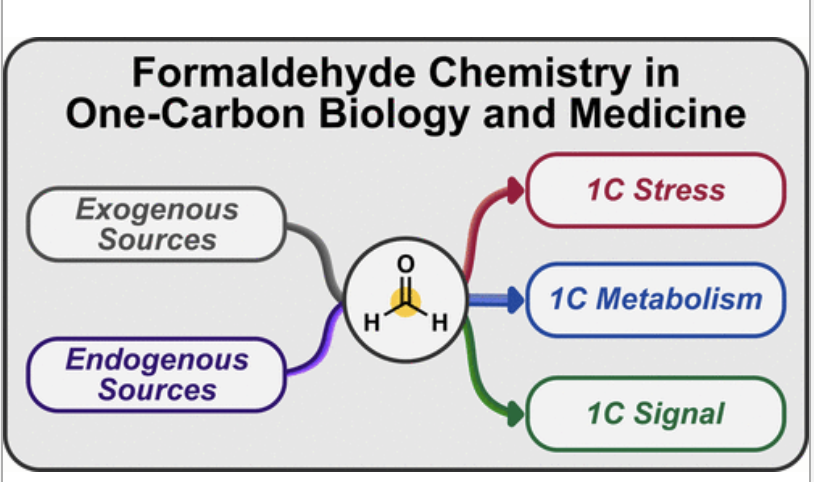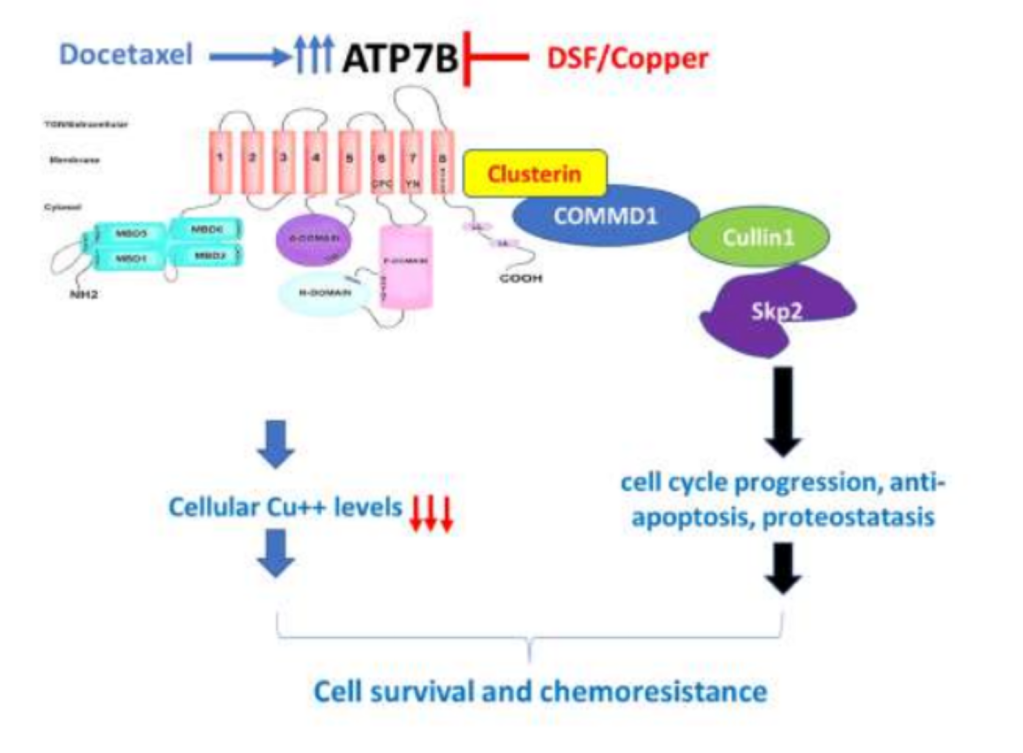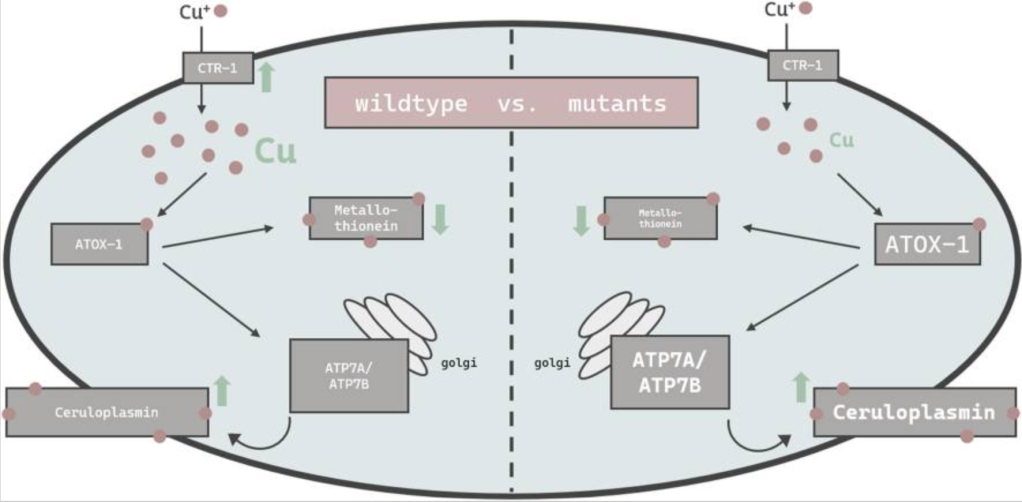Our laboratory studies the chemistry of biology and energy. We advance new concepts in imaging, proteomics, drug discovery, and catalysis by drawing from core disciplines of inorganic, organic, and biological chemistry.
Key research areas.
We have developed activity-based sensing as a general platform to identify transition metals, reactive oxygen species, and one-carbon units as new classes of single-atom signals for allosteric regulation of protein function. These chemical tools also reveal unique metal and redox disease vulnerabilities as targets for innovative drug discovery efforts to treat neurodegeneration, cancer, and metabolic disorders. Our work in artificial photosynthesis addresses global challenges in climate change. And we use design concepts from biology to develop molecular electrocatalysts for carbon dioxide capture and conversion and nitrogen/phosphorus cycling.

Our team.
The Chang Lab is led by Principal Investigator, Chris Chang. Our research team comprises a group of exceptional post-doctoral associates, graduate students, undergraduate students, and visiting scientists.
Recent publications.
-

One Carbon to Rule Them All: Formaldehyde is a One-Carbon Signal Connecting One-Carbon Metabolism and Epigenetic Methylation
Recent news.
That sound you hear? It’s the sound of the Chang Lab making news!
-
Nature paper by Xiao highlighted in Berkeley Press.
Nature paper by Xiao featured in the ACS Meeting News section of the Chemical & Engineering News as Alkaloid biosynthesis inspires tryptophan tag was highligthed in Berkeley News on March 28, 2024 titled as Targeting tryptophan: New technique opens door to novel drug synthesis.
-
Nature paper by Xiao featured in C&E News.
The recent Nature paper by Xiao was highlighted in the ACS Meeting News section of the Chemical & Engineering News : Alkaloid biosynthesis inspires tryptophan tag.
-
Paper by Steven and Logan published in JACS.
Our recent study on activity-based sensing of formate in living cells was published in the JACS article: A Transfer Hydrogenation Approach to Activity-Based Sensing of Formate in Living Cells. Congrats to Steven Crossley and Logan Tenney.
-
Xiao’s paper published in Nature.
Our recent study on the oxidative cyclization reagents revealing tryptophan cation-π interactions in collaboration with Toste group was published in the Nature article: Oxidative cyclization reagents reveal tryptophan cation-π interactions. Congrats to Xiao Xie.
-
Science paper by Vanha, Kevin, and Logan featured in Berkeley News.
The recent Science paper by Vanha Pham, Kevin Bruemmer, and Logan Tenney was highlighted in the Research, Science & Environment section of the Berkeley News article: Formaldehyde, a carcinogen, is also used by the body to regulate our genes.
-
Chang Lab study published in Science.
Our recent study on the regulation of S-adenosylmethionine biosynthesis and one-carbon metabolism by formaldehyde was published in the Science article: Formaldehyde regulates S-adenosylmethionine biosynthesis and one-carbon metabolism. Congrats to Vanha Pham, Kevin Bruemmer, and Logan Tenney.









